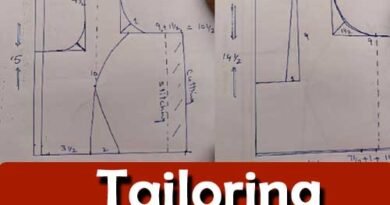Tailoring Class Note 1
Tailoring Syllabus
1. Basic List Of Material and tools Required for Stitching
2. Types of Fabric
3. Size Chart
4. Understanding Fractions
5. Taking Measurements
6. How to Take Measurement of Basic Garment
7. Drafting and Cutting
8. Types of Fabric Defects
9. Types of Faults and Defects
10. Bottom Stop Defects
11. The Sewing Process
12. Parts of a Basic Sewing Machine and Their Functions
13. How to Thread a Sewing Machine
14. Common Sewing Machine Problems
15. Common Sewing Machine Problems and their Solutions
16. Stitching
17. Fly Making and Attaching
18. Back Rise Attaching
19. Bottom Hemming Using Folder
20. Pocket Making and Stitching
21. Upper Sleeve Placket Preparation
22. Side Seam
23. Collar and Neckband Preparation
24. Cuff Attachment to Sleeve
25. Stitching a Saree Blouse
26. Stitching a Kurta/Kameez
27. Stitching Button and Button Holes
28. Knowledge of Basic Embroidery Stitches
29. Loop Stitches
30. Inspections and Alterations for Fittings
31.Why and How to Fit?
32. Methods of fit
33. There are two kinds of fitting
34. Common Fitting Errors and Their Solutions
35. Maintain Work Area, Tools and Machines
36. Troubleshoot Common Machine
37. Comply with Industry, Regulatory and Organizational Requirements
38. Entrepreneurship
39. Documentation In a sewing class, you will need some essential tools for stitching such as:
- Sewing machine: A sewing machine is used for stitching fabrics. Different types of sewing machines are available in the market, such as mechanical, electronic, and computerized.
- Needles: Different types of needles are used for sewing different fabrics. For instance, sharp needles are used for woven fabrics, and ballpoint needles are used for knit fabrics.
- Thread: Threads are available in different materials, such as cotton, polyester, silk, and nylon. The type of thread you choose depends on the type of fabric you are sewing.
- Scissors: Scissors are used for cutting fabrics. It is essential to have sharp scissors for easy cutting.
- Pins: Pins are used to hold the fabric together while sewing.
- Tape measure: A tape measure is used to measure the length and width of the fabric.
- Seam ripper: A seam ripper is used to remove unwanted stitches.
The machine used for stitching in a sewing class is typically a domestic sewing machine, which is suitable for a variety of sewing tasks such as basic stitching, zigzag stitching, and buttonhole stitching. The brand and model of the sewing machine may vary depending on the class and the instructor’s preference.
Basic List Of Material and tools Required for Stitching
There are are various processes a tailor while stitching a garment.There are various tools which aid
each of these processes. Types of tools are as:
1.Measuring tools
- Cutting tools
- Marking or drafting tools
- Hand tools
Scissors : Scissor are utilized for cutting the fabric and has a
handle which is aligned with the blade which helps you do the cutting

Rotary cutter: The rotary cutter is something which has a blade to cut easily and smoothly through fabric. It’s very efficient to be used to all different kind of projects, however it is especially good for quilting. All you require is a rubber cutting mat and a rotary ruler so that when you are using a rotary-cutter the surface of the fig can be prevented from getting cut. Also, keeping a mat helps in cutting a fabric in straight.

Thread: Various sort of threads are available, they are available in
rainbow colors, including clear ones. For most of the sewing machines all
you need is a need a spool of thread. The cone shaped threads are also
used however they are for different kind of machine called a serger.

Measuring tape: Measuring tape used for sewing to make it softer
than that used for construction projects so that it can
be used to fit clothing to the body.

Needles: A Sewing machine requires diverse needles than which are used for
hand – sewing. Machine needles have a bigger, blunter tip where they fit into the
machine. Various types of needles are used on various kind of projects.

Fabric: As different projects have different types of needle or thread requirements
similarly as per the requirement different types of fabrics are also needed with
different project for sewing

Pins: Pins are used to hold fabric together where it’s
supposed to be sewn and ted as per the required fitting
during alterations.

Pincushions : Pincushions are very useful in keeping the pins in order and in place, it is usually in apple’s pumpkin’s or tomato’s shape .
steadily by keeping the scissors even.
Iron and Ironing Board: An iron is used to press fabric seams open and
make darts Your everyday iron is fine

Seam ripper: The name says it all it’s used to rip seams Especially
comes in handy when you’re a beginning sewer.

Pinking Shears: cuts a zigzag edge and is used
for finishing hem edges, seams, etc. It should not be used for cutting out a
garment b’coz it will not give an accurate cut line of the fabric.
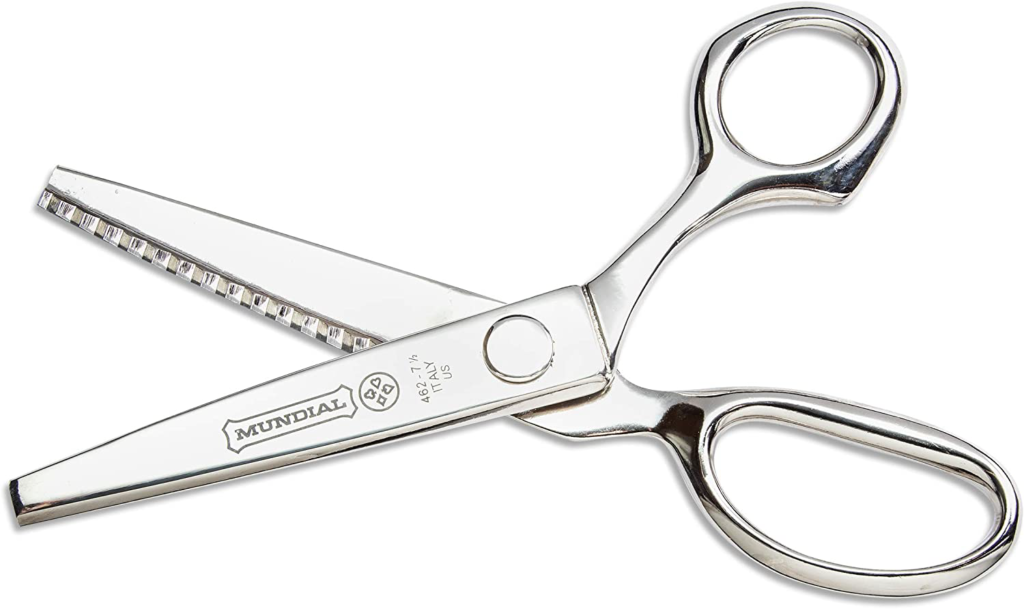
Cutting Fig: A flat board placed on a fig where the fabric is laid out and cut.
The fabric can be pinned securely to the cutting board to prevent it from
slipping.
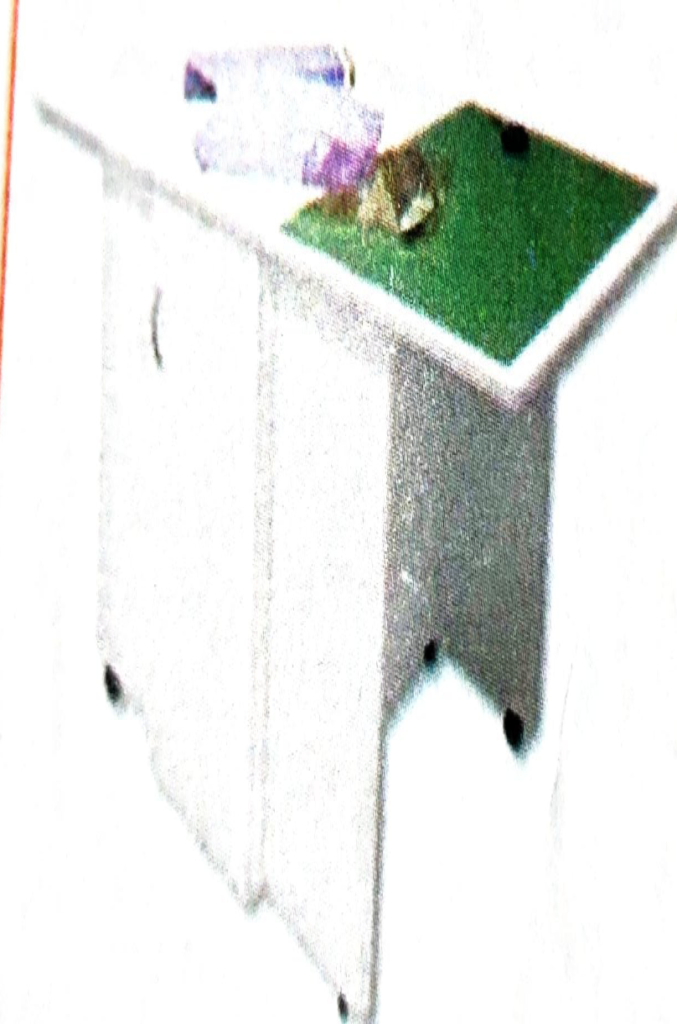
Sewing Gauge: A 6 inch gauge with a movable indicator
convenient for measuring short lengths.

Hem Gauge: a measuring device
marked with various depths and hemline
folds. It is practical when hemming straight on grain edges

Yardstick/Meter Stick : is use to measure
fabric and to check grain line. It can ng straight
lines and in measuring hem lengths.

Hip Curve : The Hip Curve is used in
connecting or shaping sk curve points. It has a
measure of inches at the front and at the back

L- square: It is useful in constructing perpendicular lines with longer and
shorter arms.

Tailor’s Chalk: A thin piece of hard chalk used in tailoring for making
temporary alteration marks on clothing.
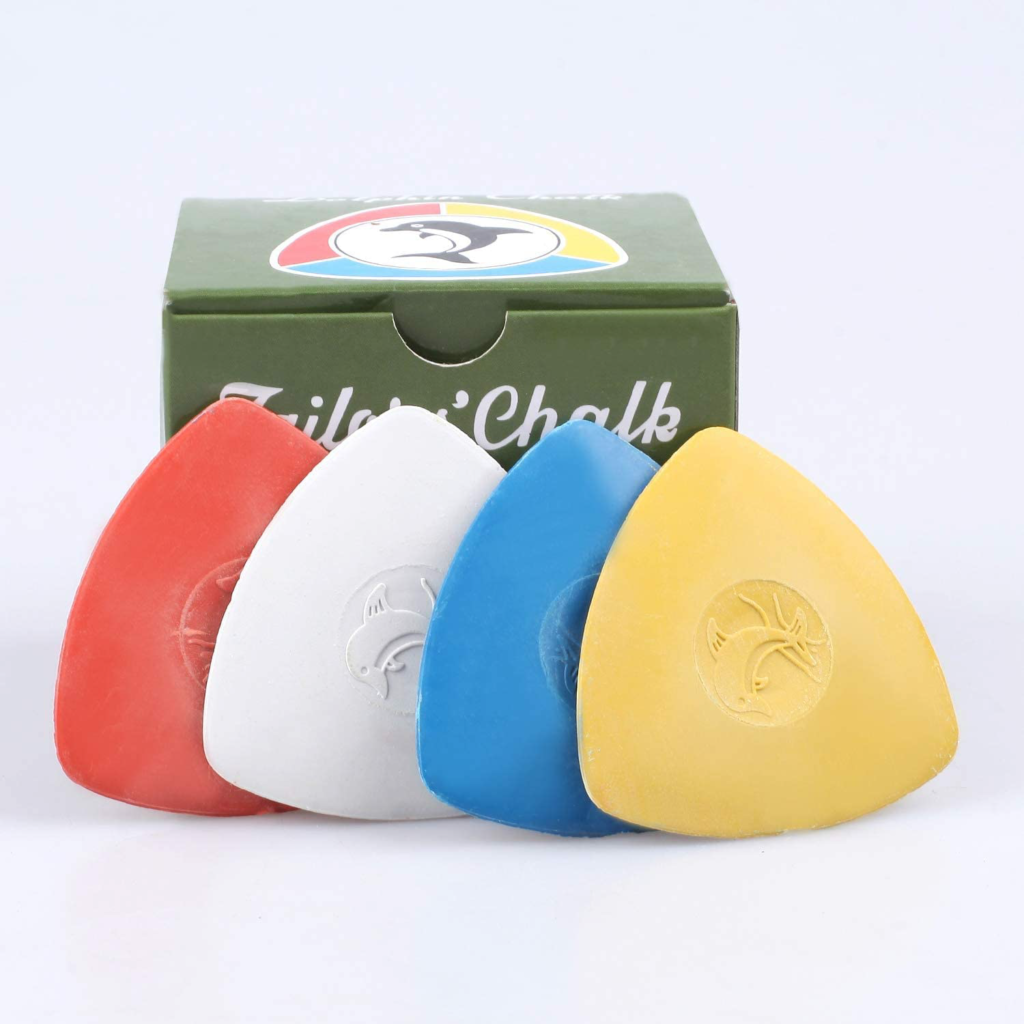
Novelty Yarns: Novelty yarns include a wide
variety of yarns made with unusual features, structure or fiber
composition such as sluts inclusions, metallic or synthetic fibers,
laddering and varying thickness introduced during production

Masking tape: Also known as sticky tape is a type of pressure- sensitive tape
made of a thin and easy-to-tear paper, and an easily released pressure-sensitive
French Curve: A French curve is a template usually made from metal wood or
plastic composed of many different curves it is used in manual drafting to draw
smooth curves of varying radii The shapes are segments of the Euler spiral or
clothoid curve
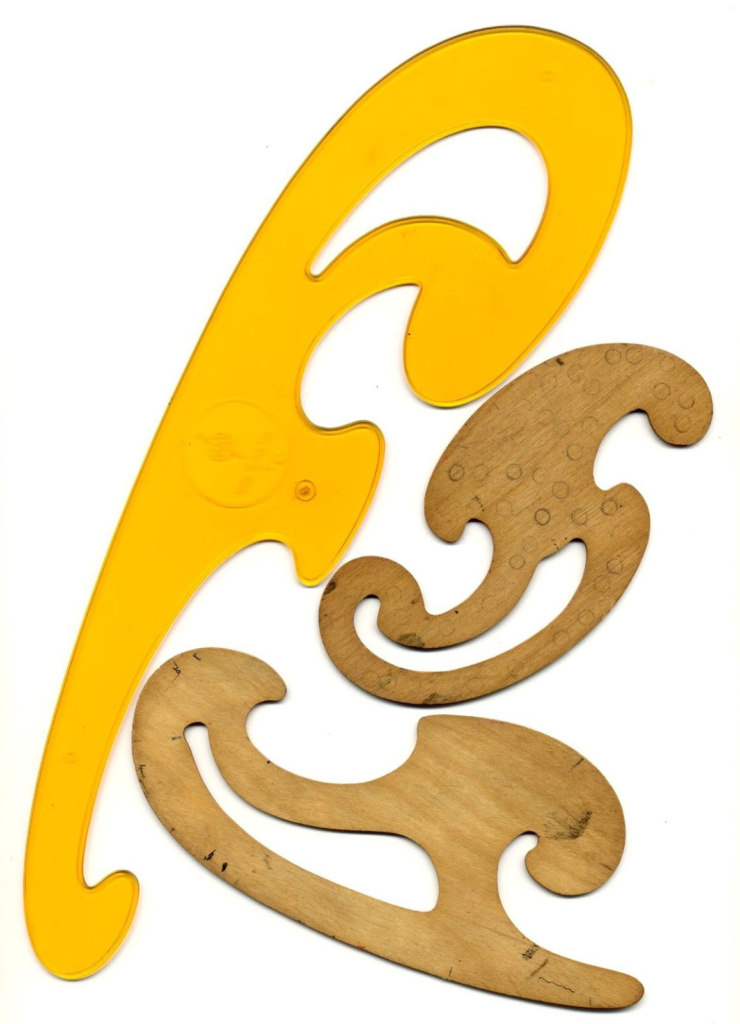
Hand Needle: Hand sewing needles are available in varying sizes with varying
points. They guide the thread through fabric when you are hand sewing.

Punch Needle: A Punch needle is an easy to use tool
that opens up a delightful world of dimensional needle art.
It quickly and easily produces one-level or exciting three
dimensional designs

Frame, round: Used for creating designs through hand
stitch

Pattern making paper : Used for practising cutting and creating
patterns

Tracing paper: Tracing paper is paper made to have low
opacity used for creating designs .

Handheld thread trimmer: Used for thread trimming

Bent neck, metallic Tweezer: Tweezers are small
tools used for picking up objects too small to be easily
handled with the human hands
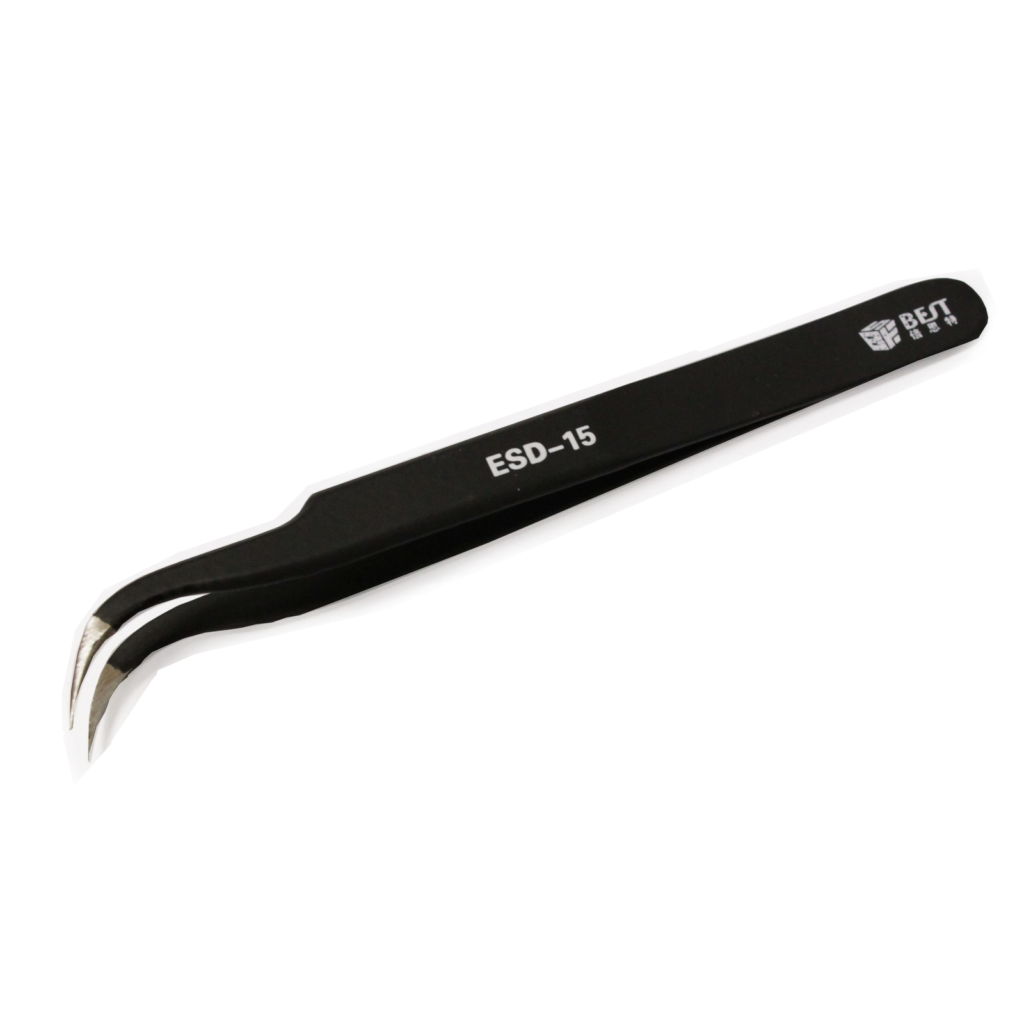
Pencils (HB, 28, 48): The graphite grading scales used to
measure the hardness of apencil’s graphite core: The higher the number the
harder the
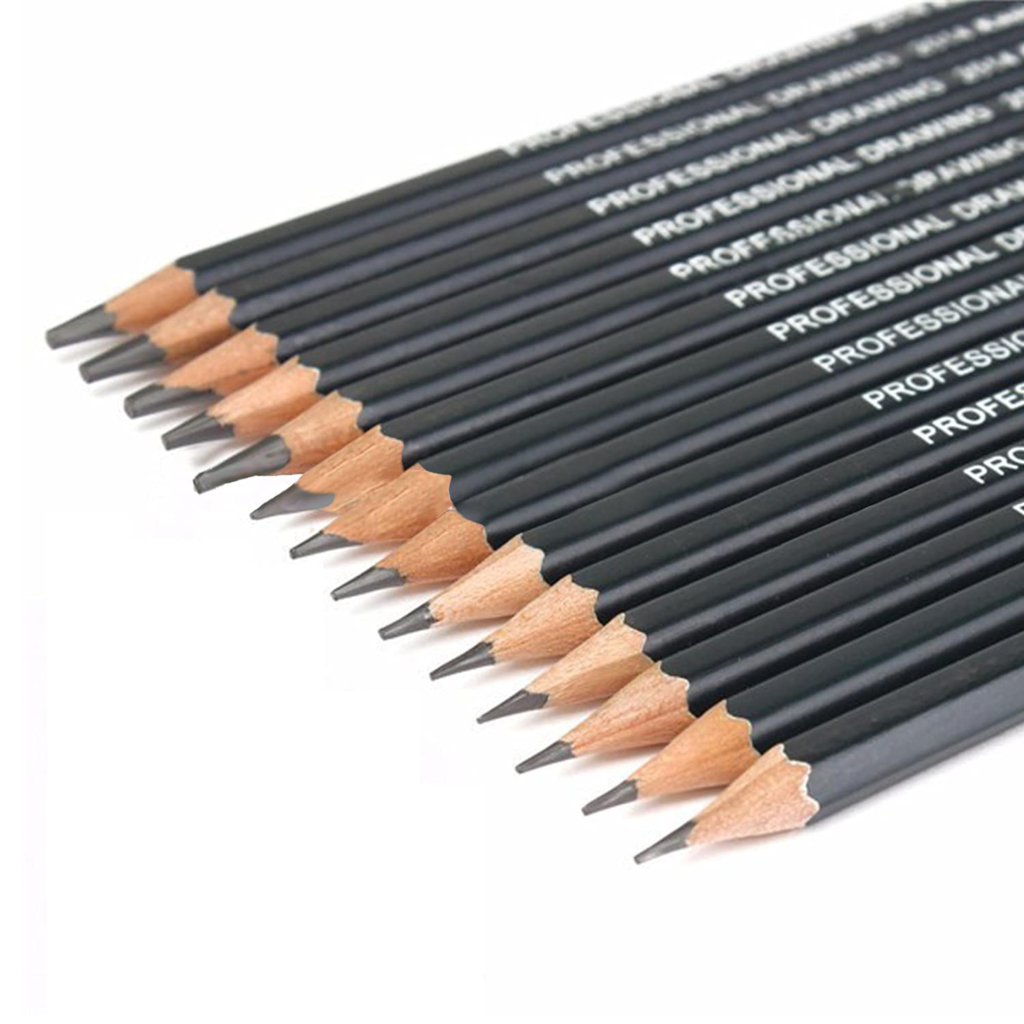
Pick glass: Handy Reed Pick glass helps in checking the
reed pick of the fabric. It also helps in checking the weaving,
dyeing & printing defects in the fabric if any is made

Needle threader : A needle threader is a device for helping to put thread
through the eye of a needle Many kinds eat, though a common type combines a
short length of fine wire bent into a diamond shape, with one comer held by a piece
of tinplate or plastic

Nonwoven Non-fusible Backing Paper: It is made of man made fibers
bonded together to form a paper-like sheet. SFig nonwovens (no stretch) are
best for medium to heavyweight fabrics with a slight to very crisp hand.
Nonwovens with a crosswise or all-direction stretch can be used for soft to
moderate shaping Fusibles today are fast, secure and
easy to use

Hand embroidery book: Used for learning hand
embroidery.
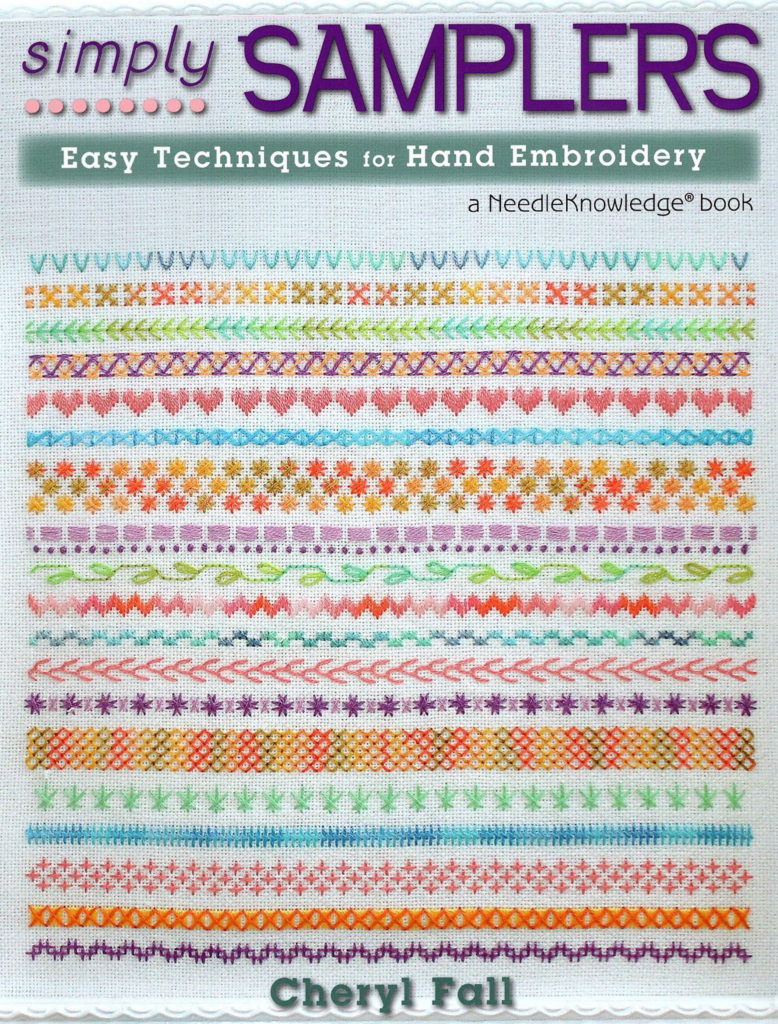
Fabric Glue : It provide temporary or permanent ways to
attach fabric without sewing.

Surface ornamentation material (Beads,
Sequins): Decorative material used for decoration
of clothes,
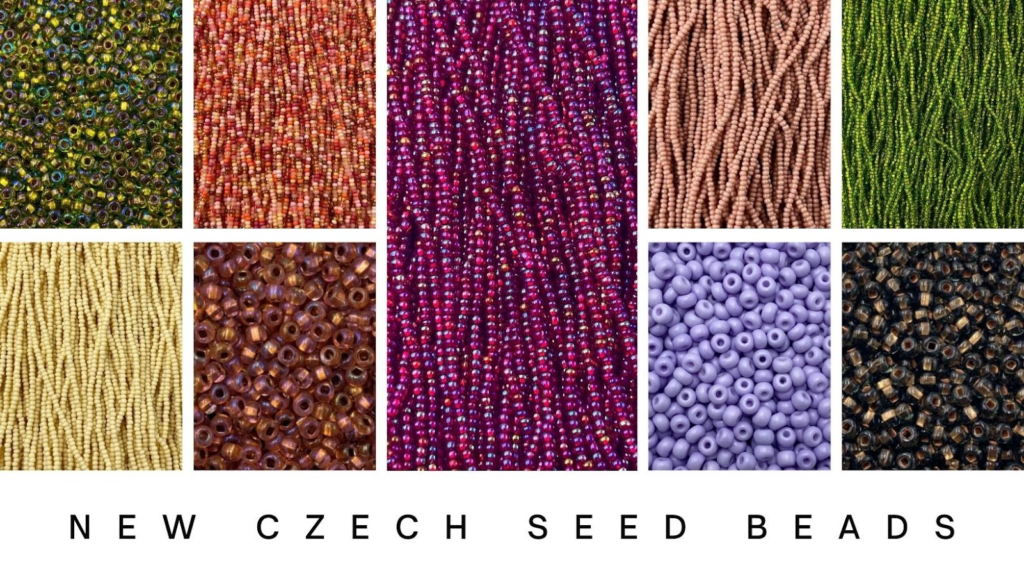
Buttons: are attached to garment by hand stitching or machine stitching

Hooks: are attached to garment with the help of
needle and thread

Trims: Trim or trimming in clothing and home decorating is applied
ornament, such as gimp, ribbon, ruffles

Lace: A fine open fabric of cotton or silk, made by
looping, twisting, or knitting thread in patterns and used especially for
trimming garments.

Zipper: Attached in lower
garments

Pant hooks : Attached in lower garments.

Sewing Mannequin: it is a Type of a doll used by tailors or tailors to display
or fit clothing

Greyscale. I t is used for maching colors in the
sewed garment against the specification

Thimble. It is a small hard cup warn for protection on
the finger that pushes the needle in sewing

एक सिलाई कक्षा में, आपको सिलाई के लिए कुछ आवश्यक उपकरणों की आवश्यकता होगी जैसे: सिलाई मशीन: सिलाई मशीन का उपयोग कपड़े सिलने के लिए किया जाता है। बाजार में विभिन्न प्रकार की सिलाई मशीनें उपलब्ध हैं, जैसे यांत्रिक, इलेक्ट्रॉनिक और कम्प्यूटरीकृत। सुईयां: अलग-अलग कपड़ों की सिलाई के लिए अलग-अलग तरह की सुइयों का इस्तेमाल किया जाता है। उदाहरण के लिए, तेज सुइयों का उपयोग बुने हुए कपड़ों के लिए किया जाता है, और बॉलपॉइंट सुइयों का उपयोग बुने हुए कपड़ों के लिए किया जाता है। धागा: धागे विभिन्न सामग्रियों में उपलब्ध हैं, जैसे कपास, पॉलिएस्टर, रेशम और नायलॉन। आपके द्वारा चुने गए धागे का प्रकार आपके द्वारा सिलने वाले कपड़े के प्रकार पर निर्भर करता है। कैंची: कैंची का उपयोग कपड़े काटने के लिए किया जाता है। आसानी से काटने के लिए तेज कैंची का होना जरूरी है। पिन: सिलाई करते समय कपड़े को एक साथ पकड़ने के लिए पिन का उपयोग किया जाता है। टेप मेज़र: टेप मेज़र का इस्तेमाल कपड़े की लंबाई और चौड़ाई मापने के लिए किया जाता है। सीम रिपर: एक सीम रिपर का उपयोग अनचाहे टांकों को हटाने के लिए किया जाता है। सिलाई कक्षा में सिलाई के लिए उपयोग की जाने वाली मशीन आमतौर पर एक घरेलू सिलाई मशीन होती है, जो विभिन्न प्रकार के सिलाई कार्यों जैसे बुनियादी सिलाई, ज़िगज़ैग सिलाई और बटनहोल सिलाई के लिए उपयुक्त होती है। सिलाई मशीन का ब्रांड और मॉडल वर्ग और प्रशिक्षक की पसंद के आधार पर भिन्न हो सकते हैं।

